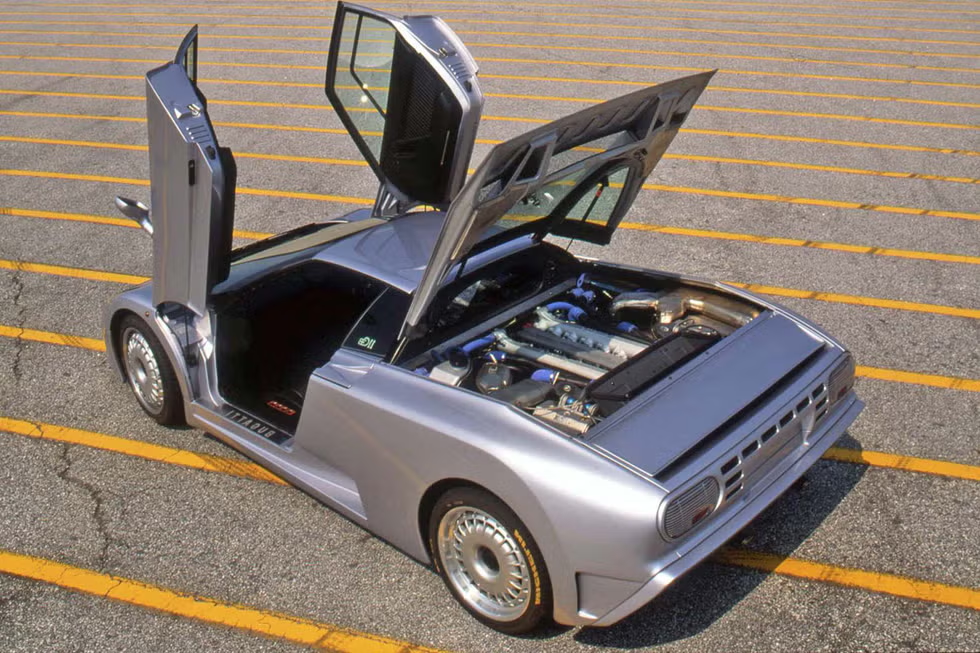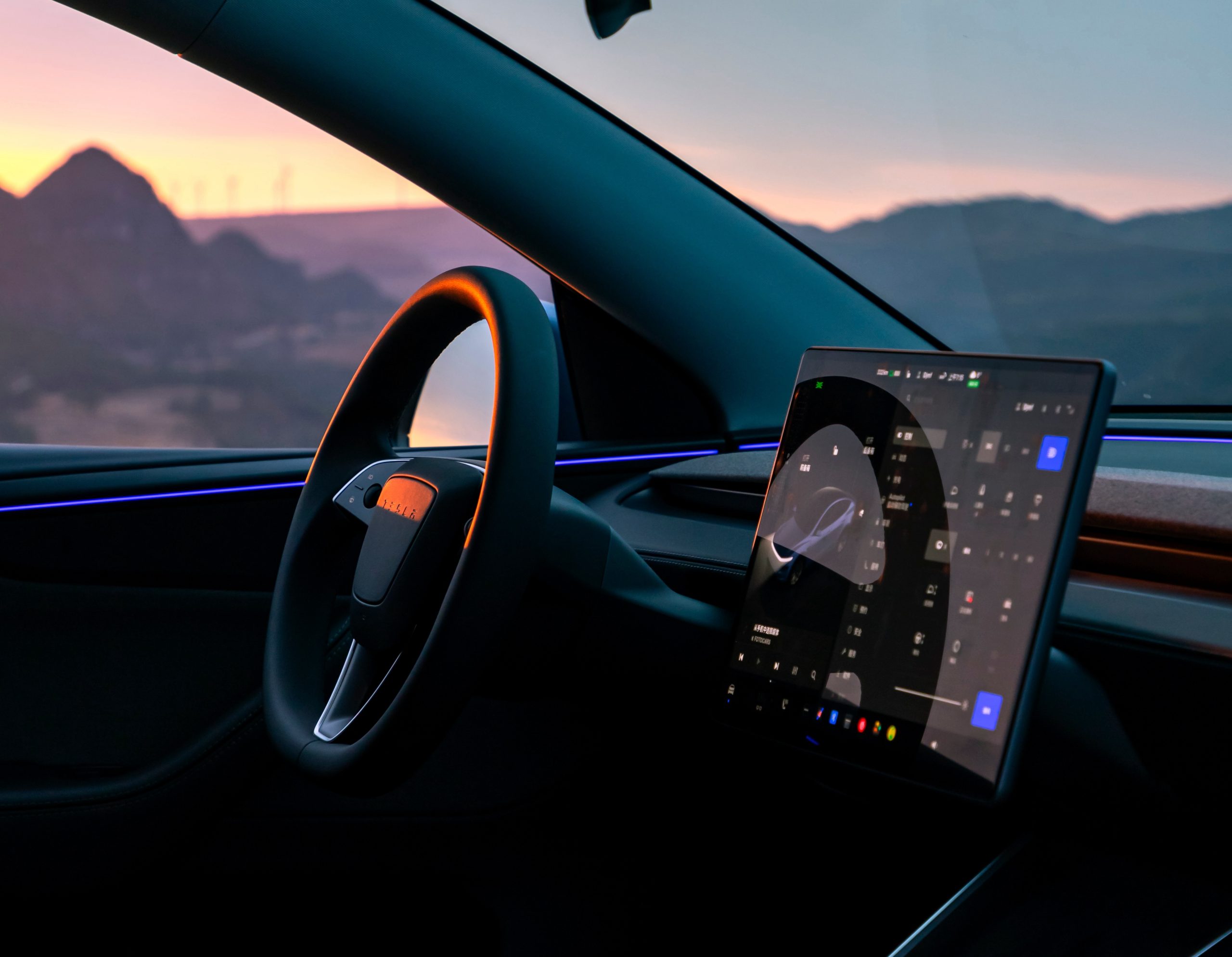Tesla Leads Q3 EV Sales with Strong Performance, Yet Cybertruck Lags
Reports on manufacturing, labor and earnings with clear, practical context. Drives a Tesla Model 3 RWD; family hauler is a Volvo XC60.
In the third quarter of 2025, Tesla once again demonstrated its dominance in the electric vehicle market in the United States. However, despite impressive overall sales figures, the much-anticipated Cybertruck fell short of expectations, highlighting a curious anomaly in Tesla's otherwise stellar performance.
Tesla's commanding presence in the EV market was underscored by its significant sales numbers in the third quarter. The Model Y and Model 3 continued to lead the charge, with 114,897 and 53,857 units sold, respectively. This robust performance solidified Tesla's position as a frontrunner in the electric vehicle industry, capturing the attention of consumers eager to capitalize on the soon-to-expire $7,500 EV tax credit. As the credit's expiration loomed, buyers flocked to dealerships to secure their vehicles, driving a surge in sales across the sector. Despite the competitive landscape, Tesla outpaced its rivals, bolstered by the popularity of its established models.
Notably, the electric vehicle market as a whole saw a record 10.5 percent share of total U.S. automotive sales in Q3, surpassing last year's 8.6 percent. While Tesla led the pack, other manufacturers like Chevrolet, Hyundai, and Ford also made significant strides, placing two models each in the top ten best-selling EVs. The Chevrolet Equinox EV, Hyundai Ioniq 5, and Ford Mustang Mach-E were among the notable performers that captured consumer interest. This competitive spirit indicates a healthy and growing EV market that continues to evolve as more players enter the arena.
Amidst these successes, the Tesla Cybertruck's performance was a notable disappointment. Despite high expectations and a staggering number of pre-orders, the Cybertruck failed to break into the top ten, selling only 5,385 units. This shortfall has puzzled analysts and Tesla enthusiasts alike, especially given the vehicle's futuristic design and the extensive hype surrounding its launch. The Cybertruck's struggle to meet sales expectations underscores the challenges Tesla faces in diversifying its product lineup beyond its traditional models.
Pricing strategy appears to be a critical factor in the Cybertruck's lukewarm reception. Initially introduced with price points that seemed competitive, the market dynamics have shifted, making the current pricing less attractive. The Single, Dual, and Tri-motor configurations, initially priced at $39,990, $49,990, and $69,990, are now perceived as less accessible to a broader audience. This pricing misalignment could be a significant barrier to the Cybertruck's potential success and suggests a need for Tesla to re-evaluate its pricing strategy to align with consumer expectations and market conditions.
As Tesla navigates these challenges, the company's ability to adapt will be crucial. The removal of the EV tax credit presents an opportunity for Tesla to showcase its value proposition beyond price incentives. The company's strong brand reputation, coupled with its commitment to innovation, could help maintain its competitive edge. Moreover, Tesla's ability to leverage its extensive supercharger network and continued advancements in autonomous driving technology may further bolster its market position, even as it faces increased competition from traditional automakers entering the EV space.
In conclusion, while Tesla's overall performance in the third quarter reaffirms its leadership in the electric vehicle market, the Cybertruck's underwhelming sales highlight an area for potential improvement. As the company continues to innovate and expand its product offerings, addressing pricing and consumer expectations will be critical to sustaining its market dominance. The evolving landscape of electric vehicles presents both challenges and opportunities for Tesla, requiring strategic agility to navigate successfully.
About Priya Nair
Reports on manufacturing, labor and earnings with clear, practical context. Drives a Tesla Model 3 RWD; family hauler is a Volvo XC60.



